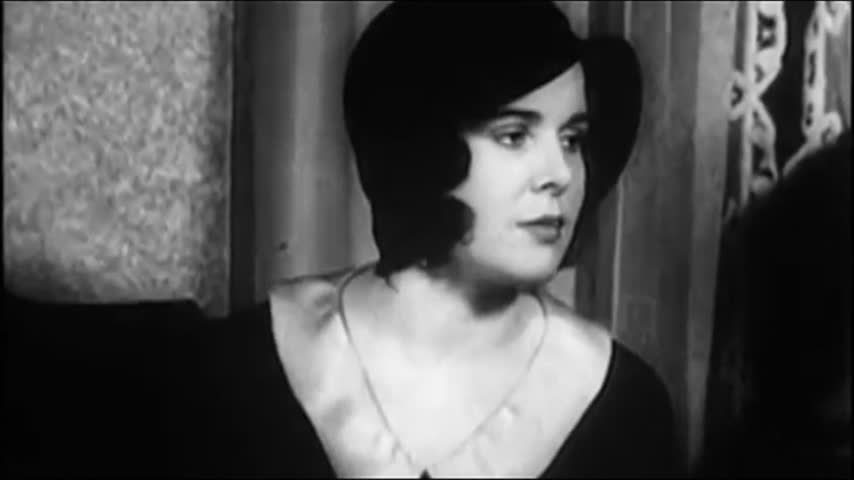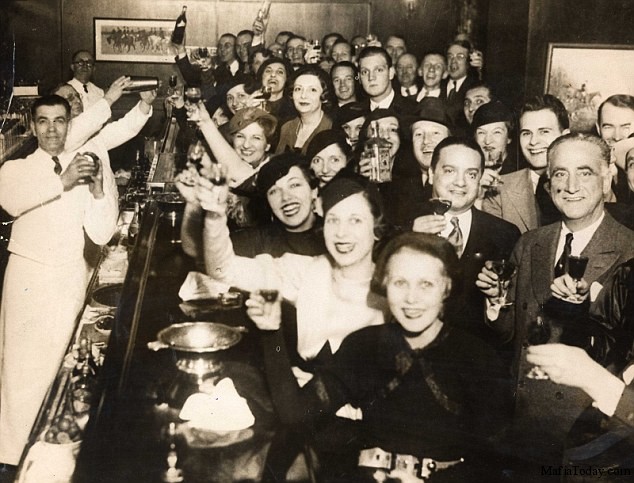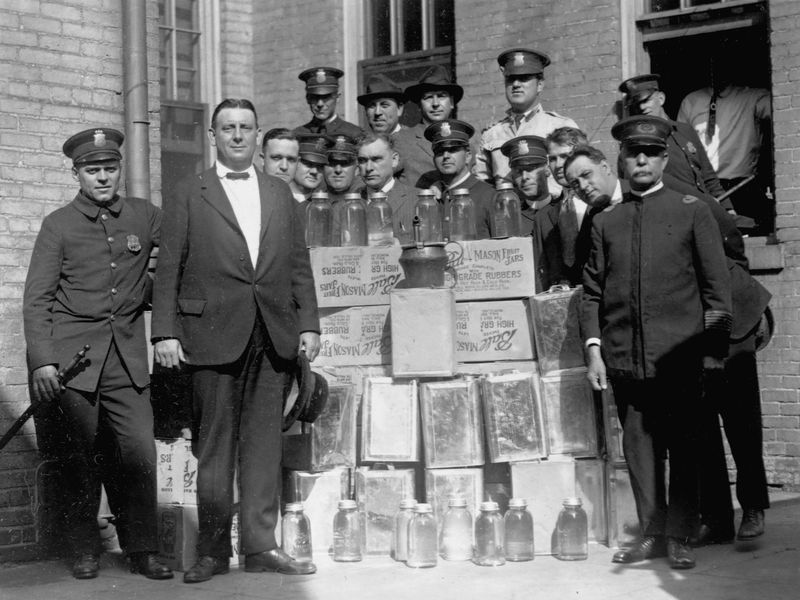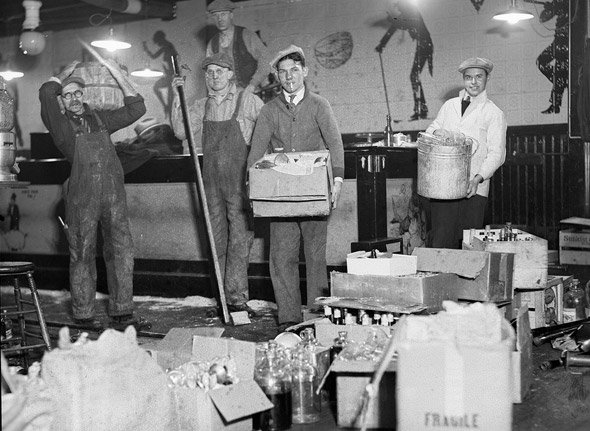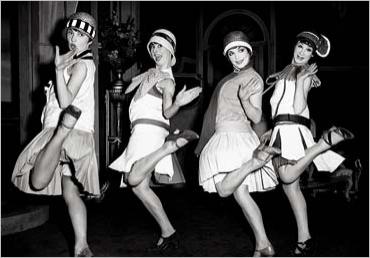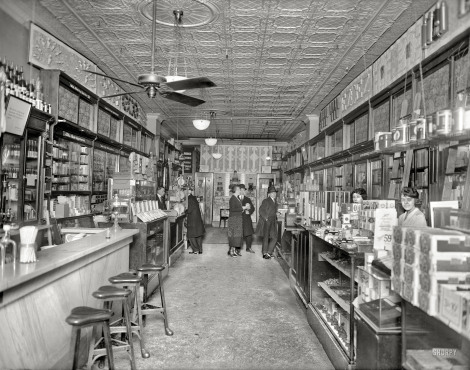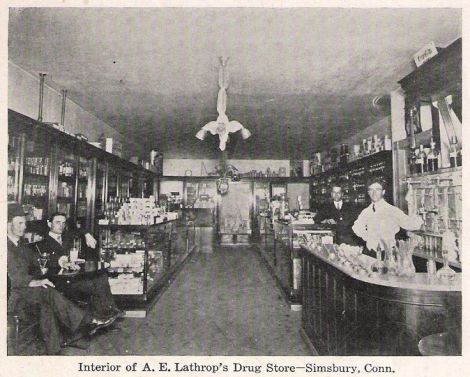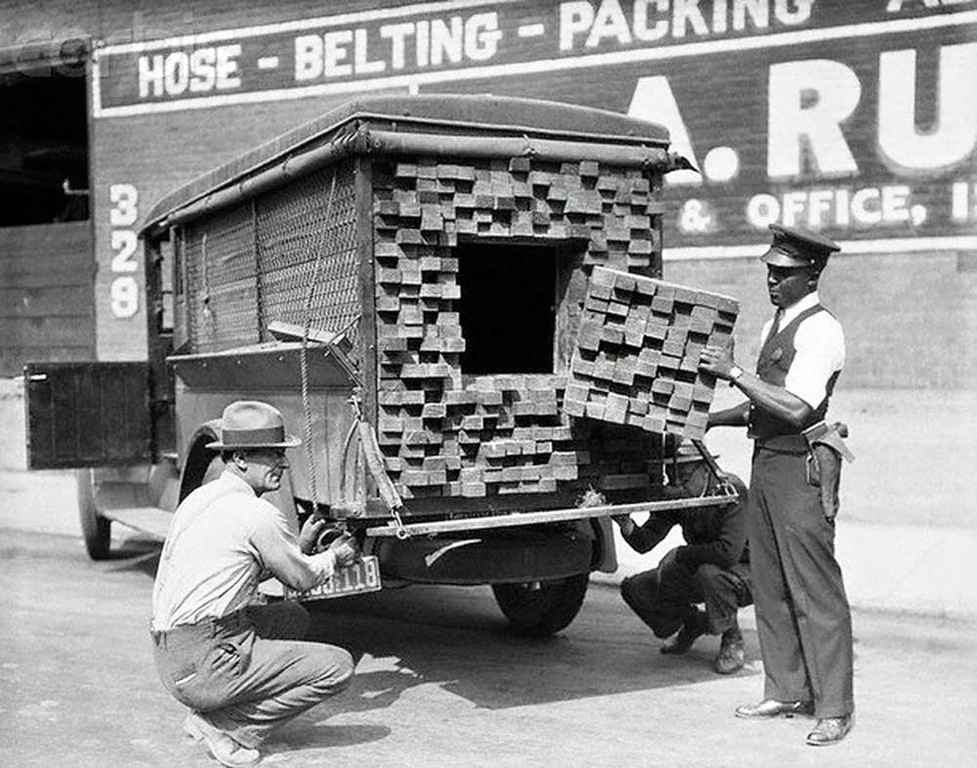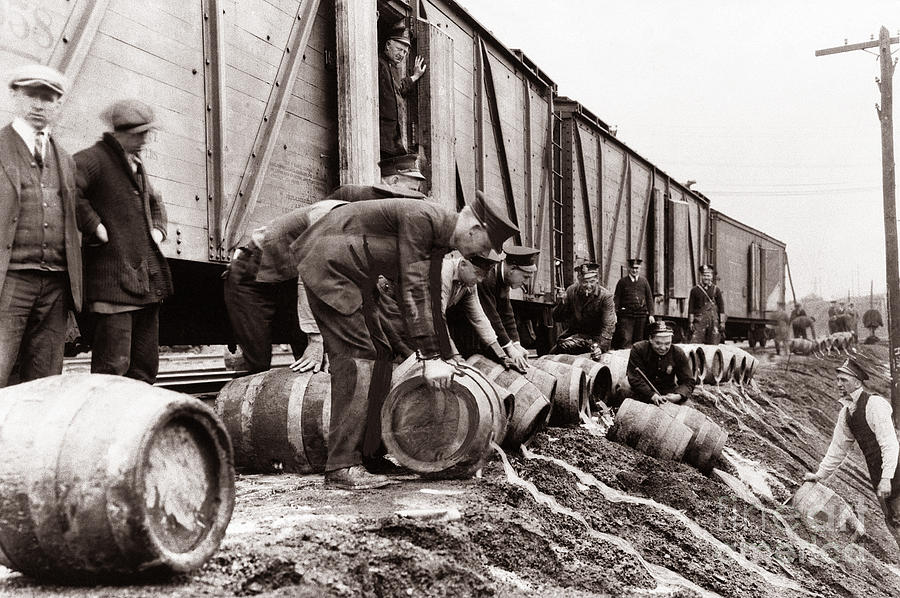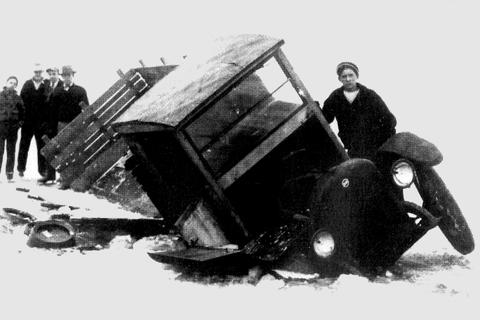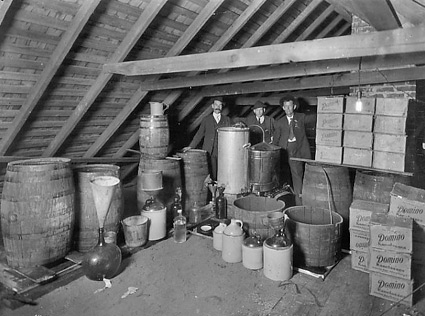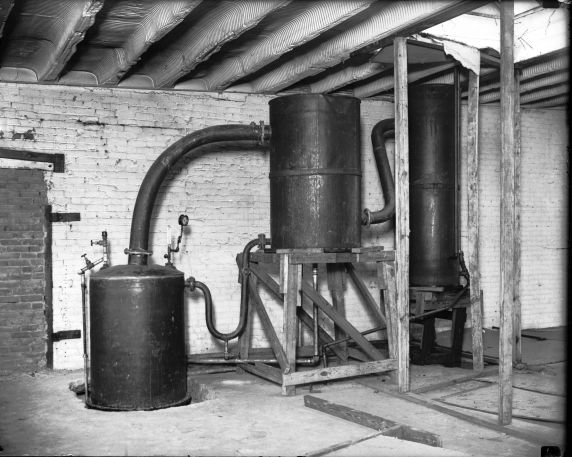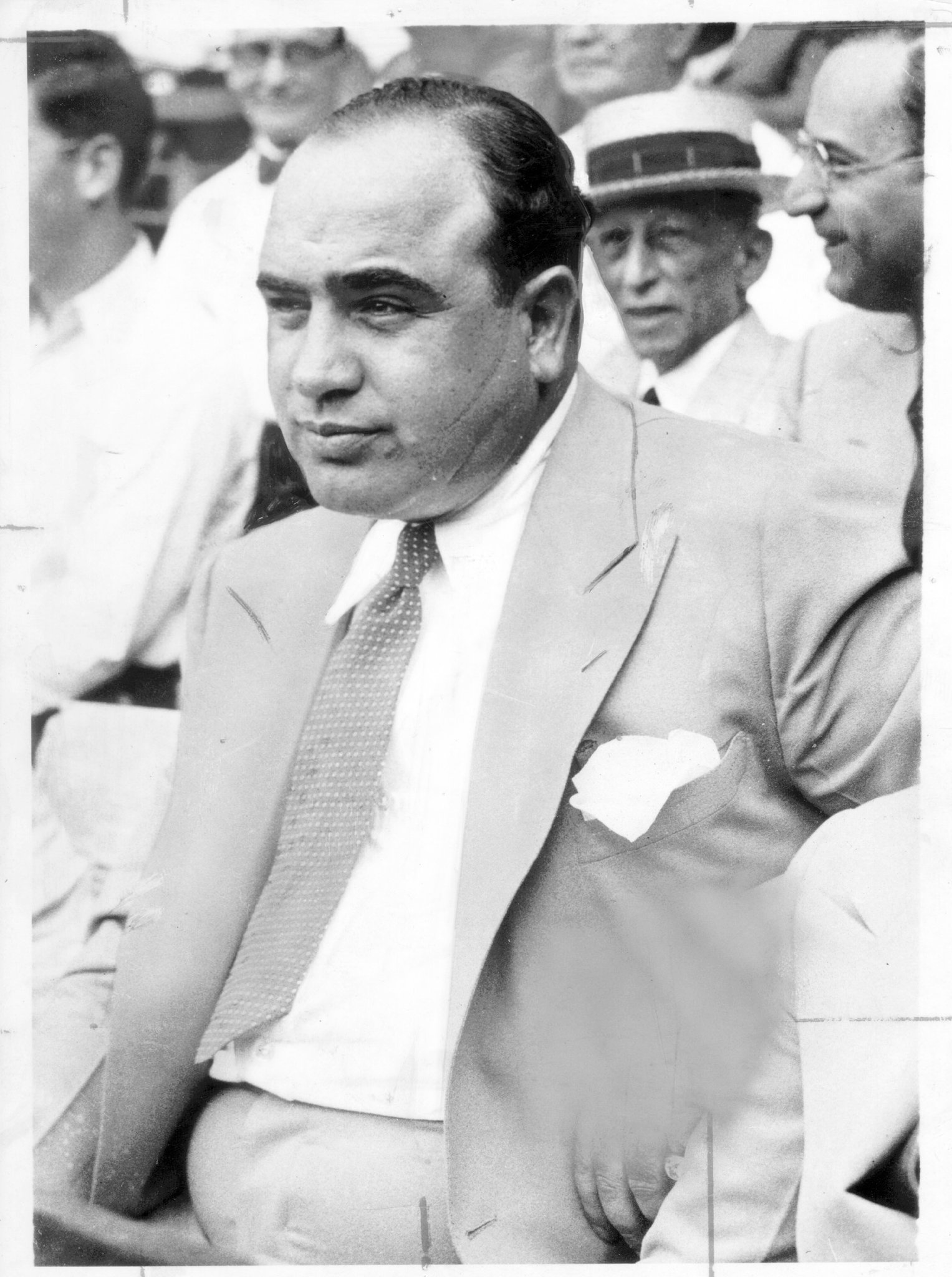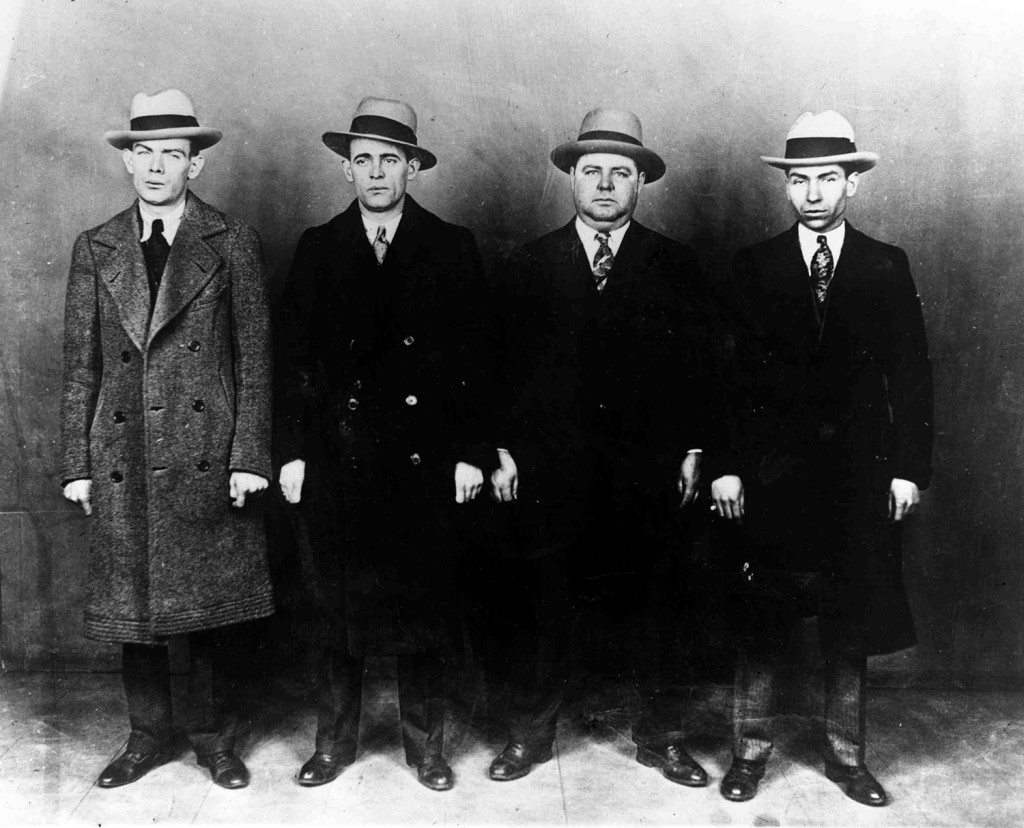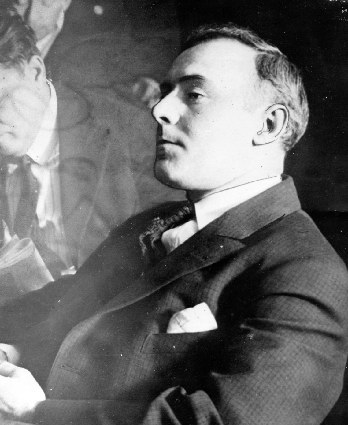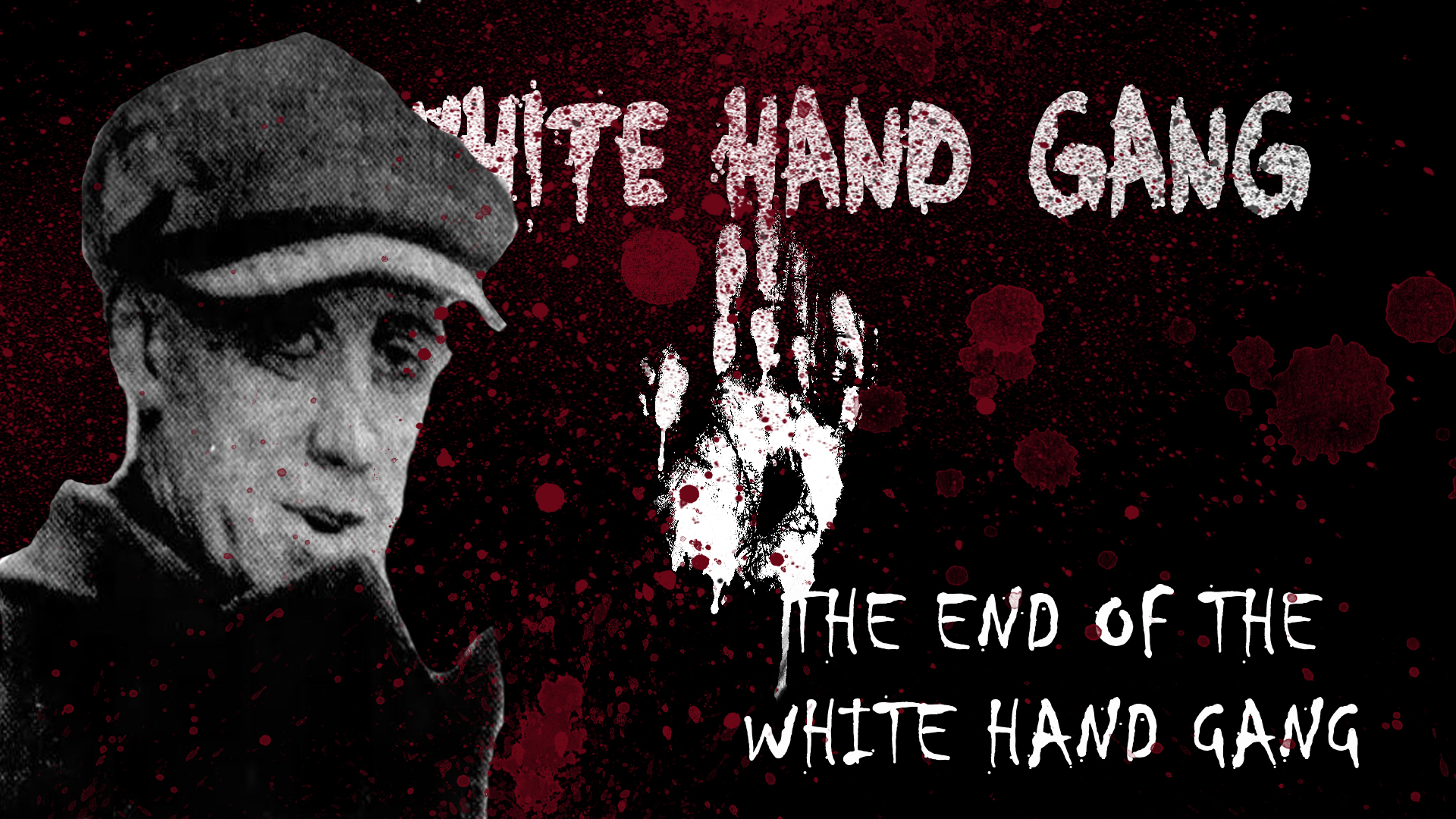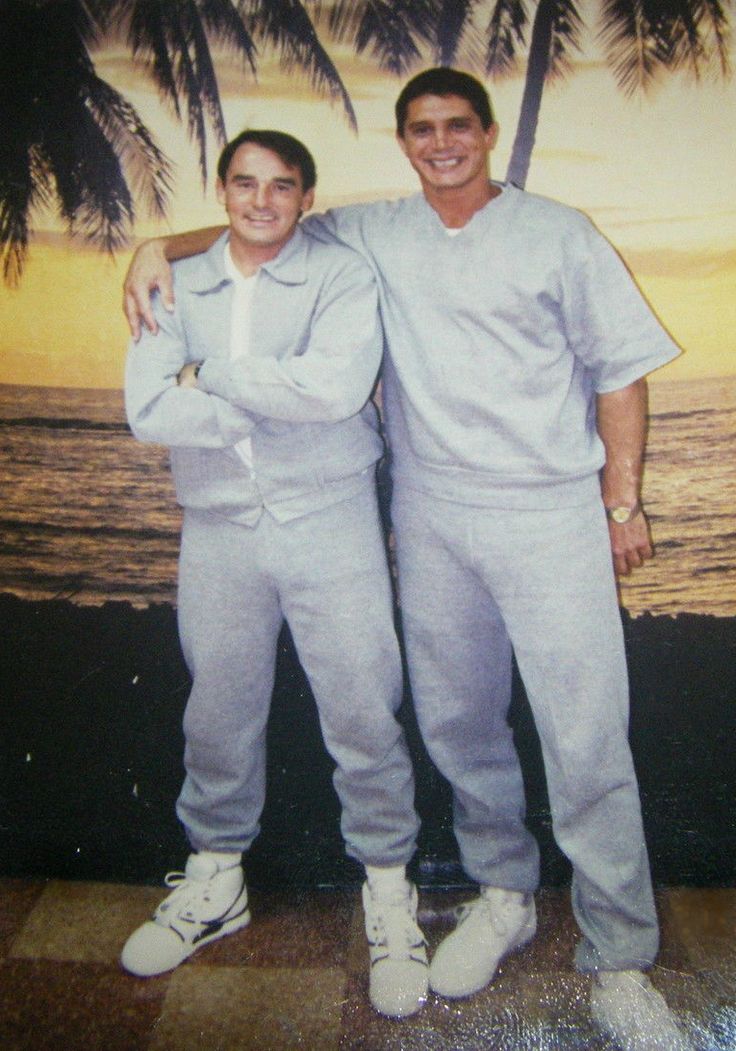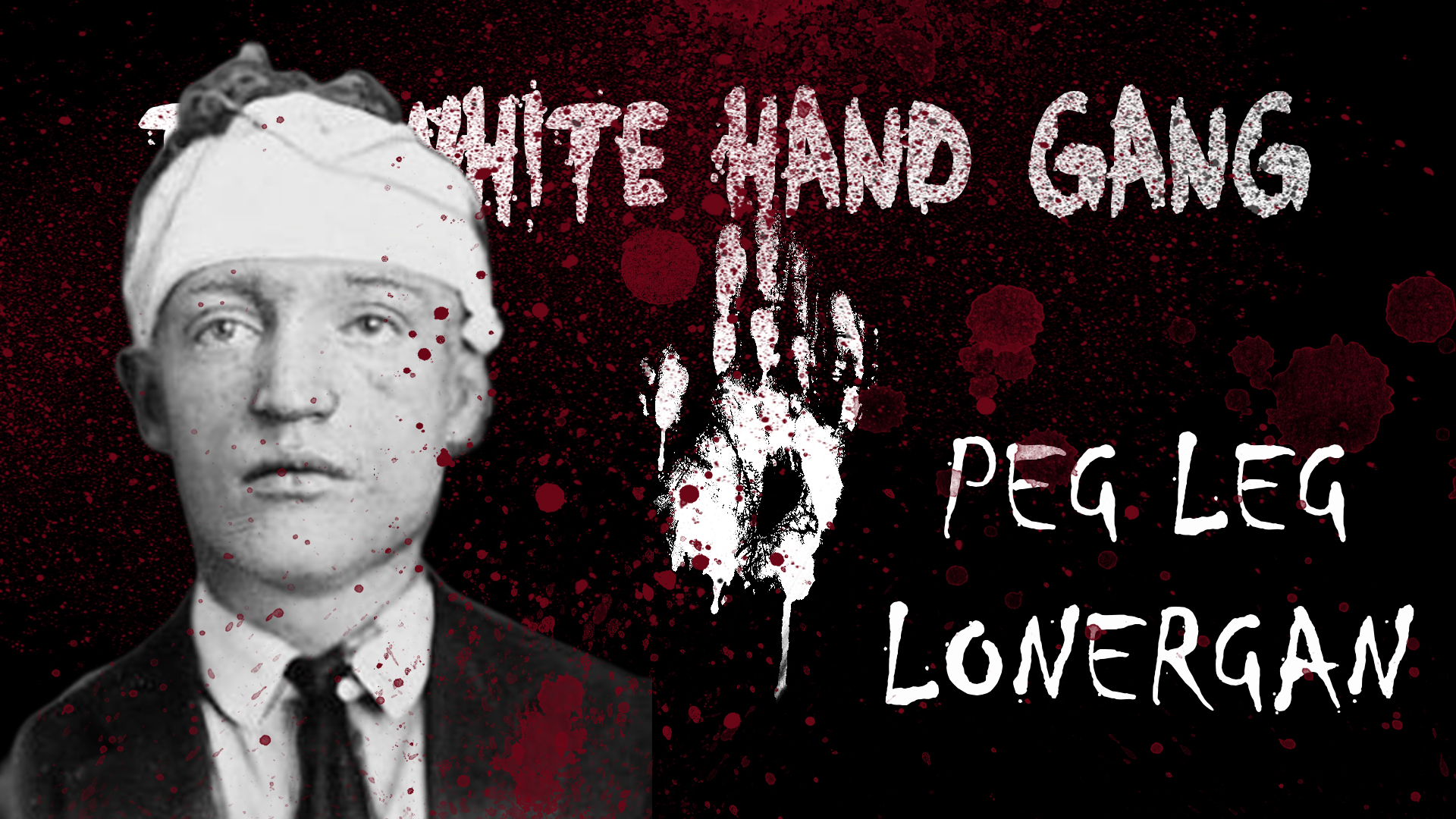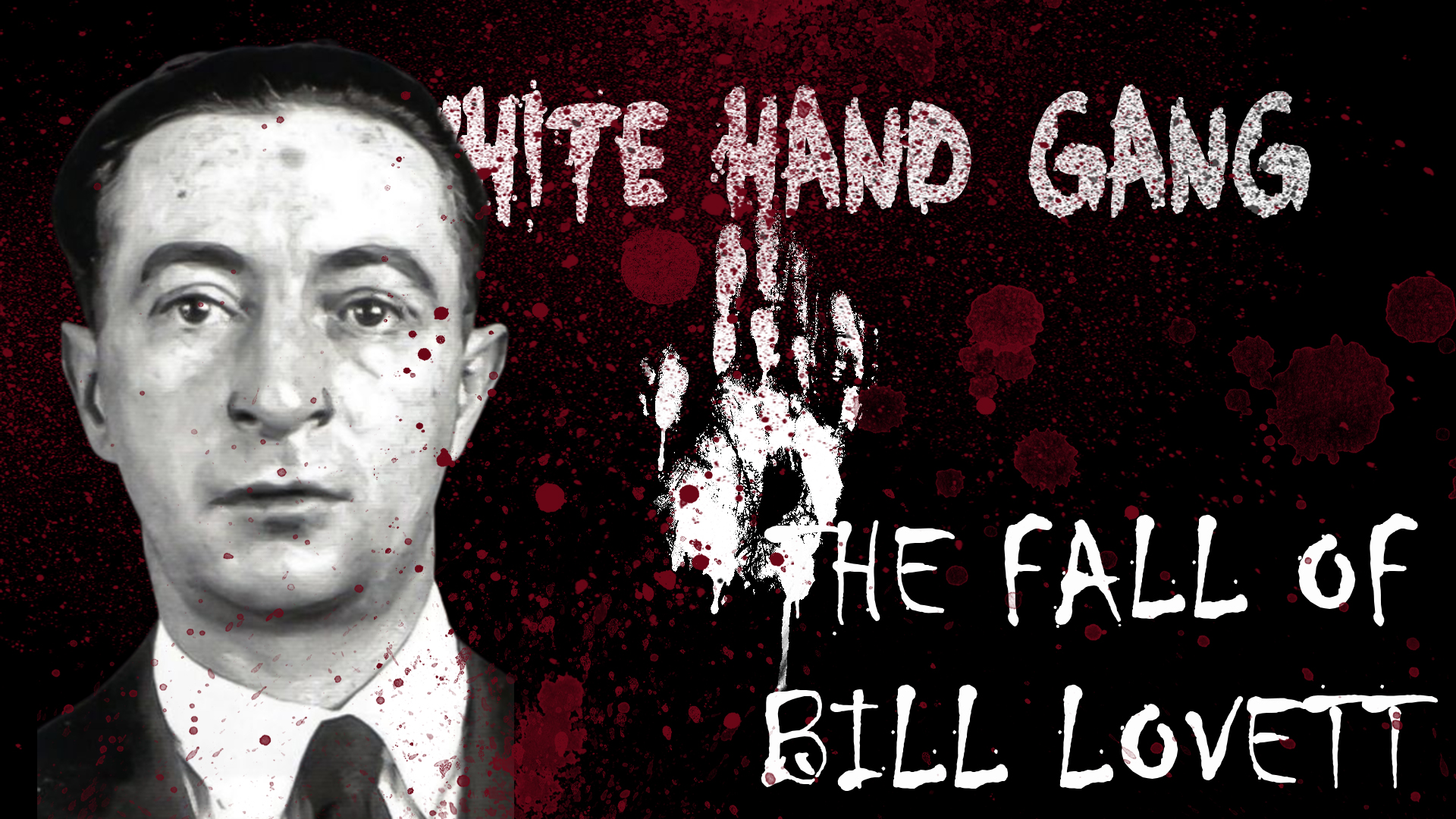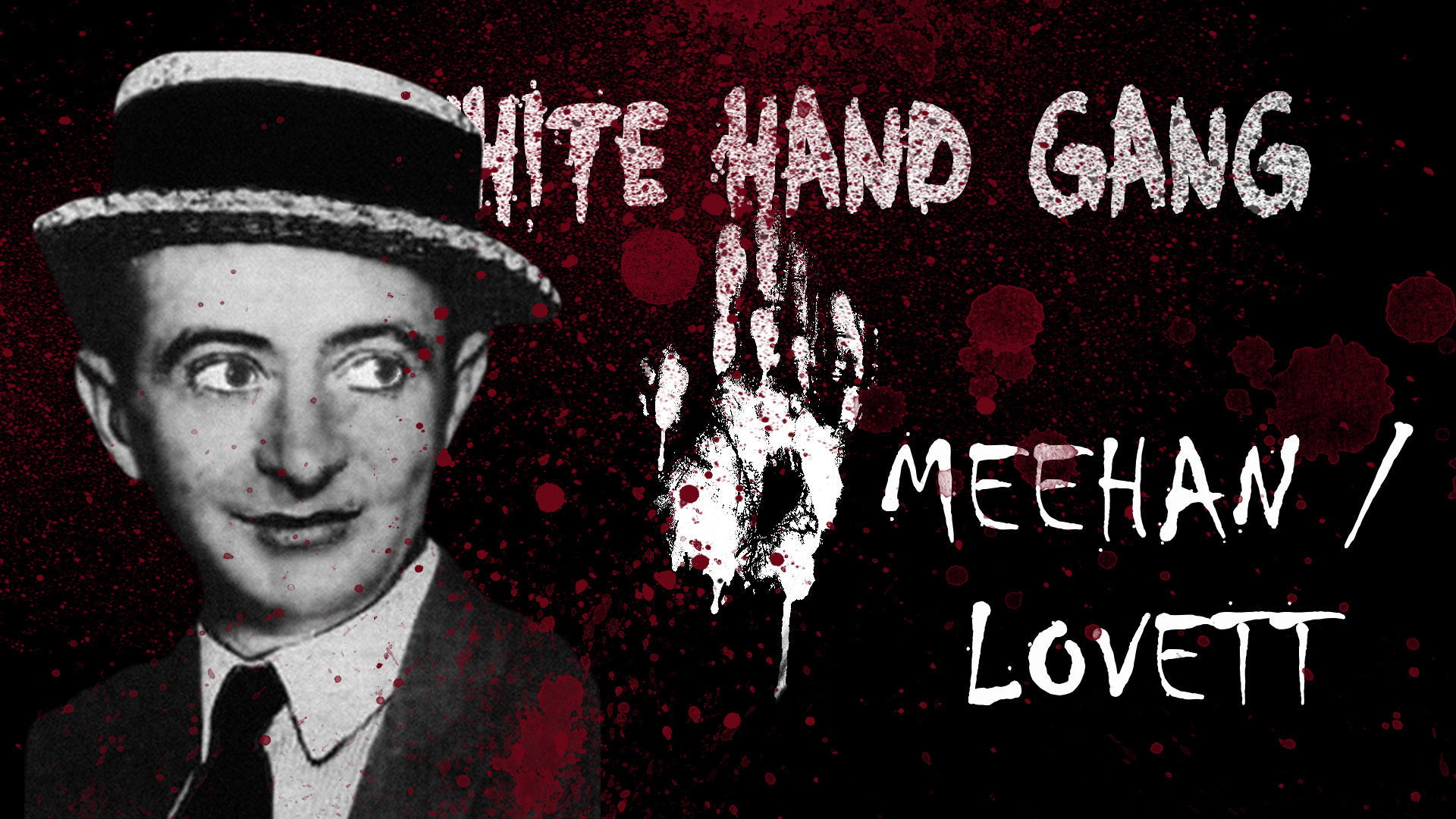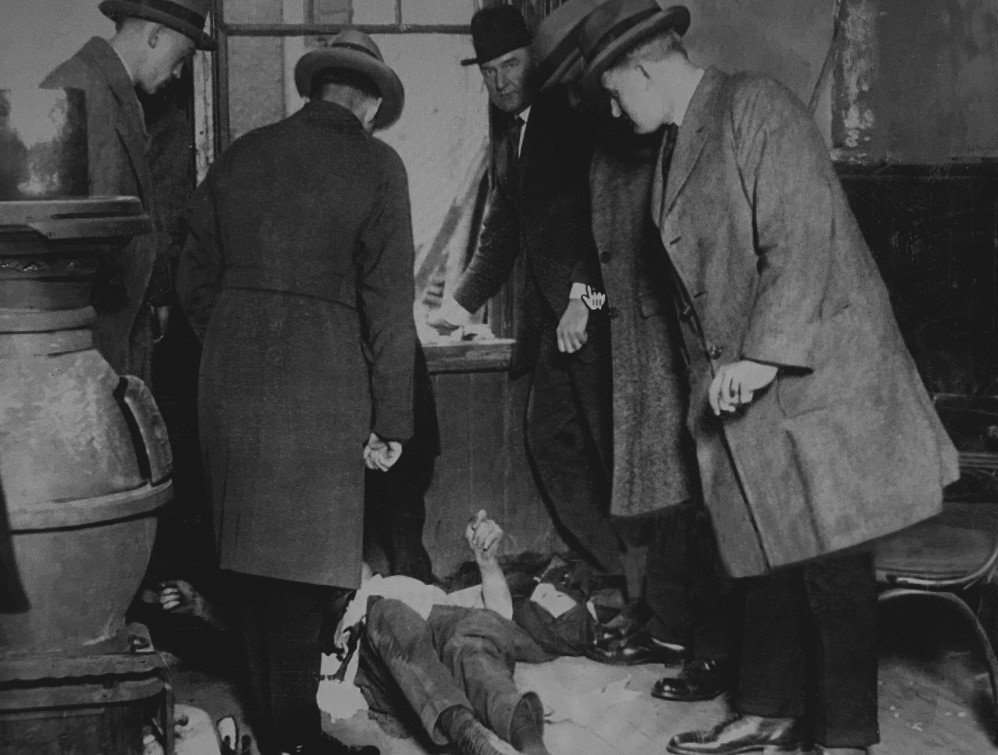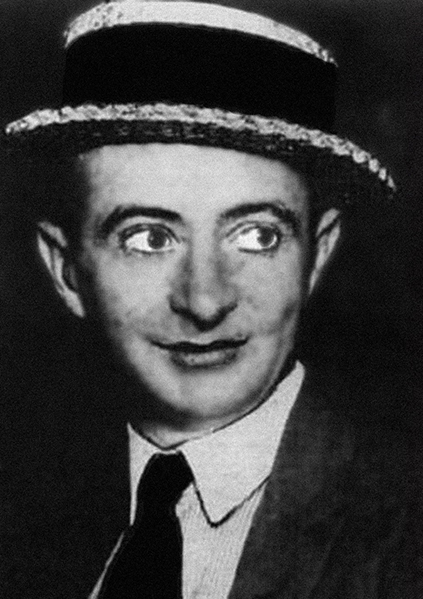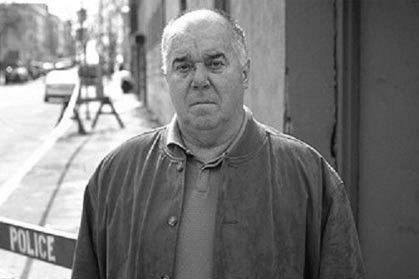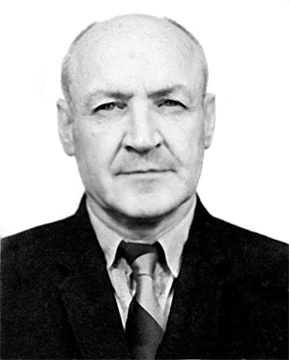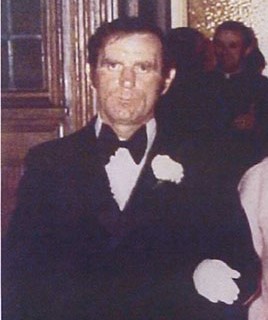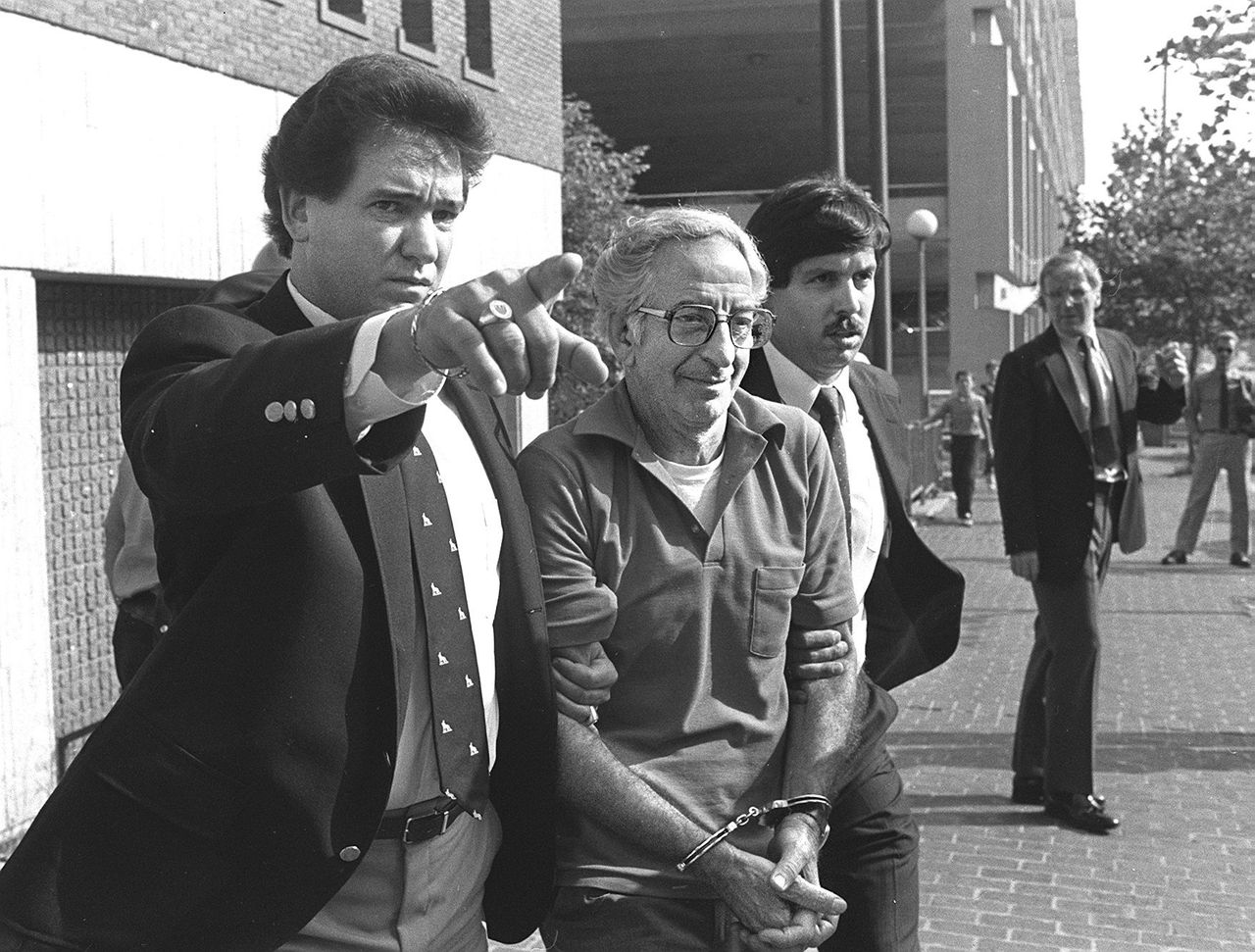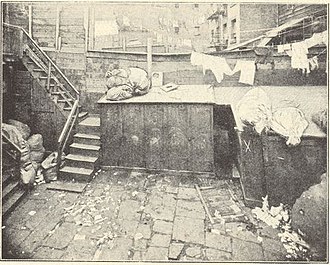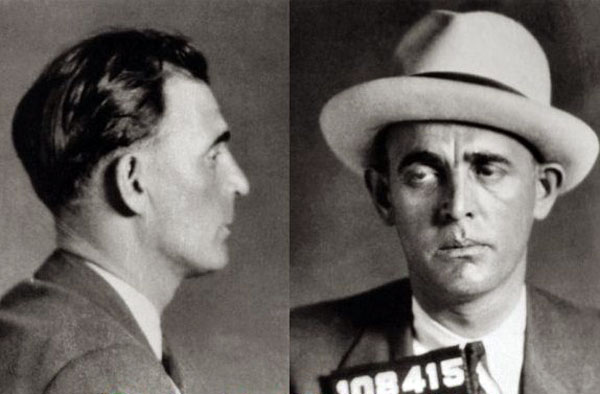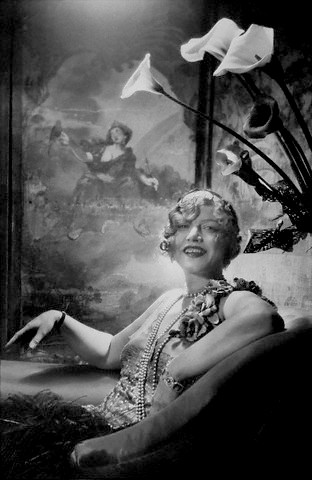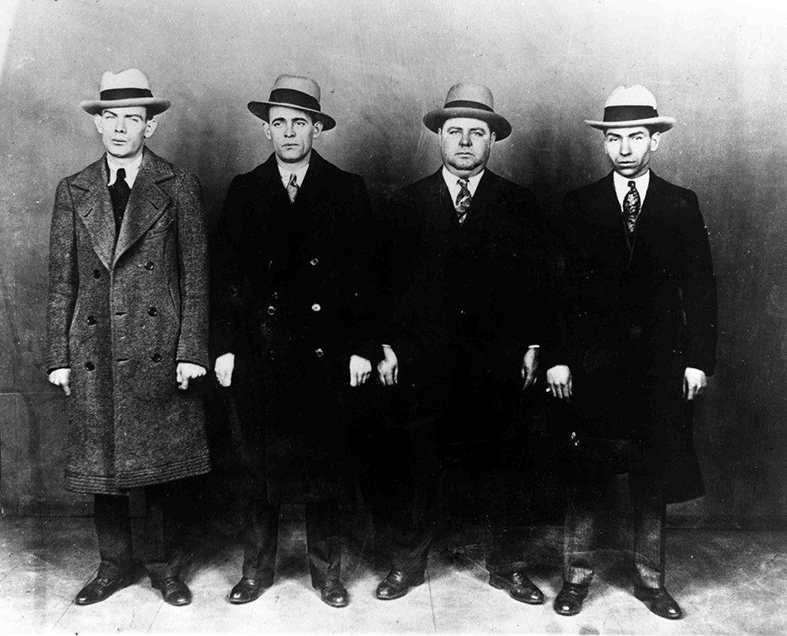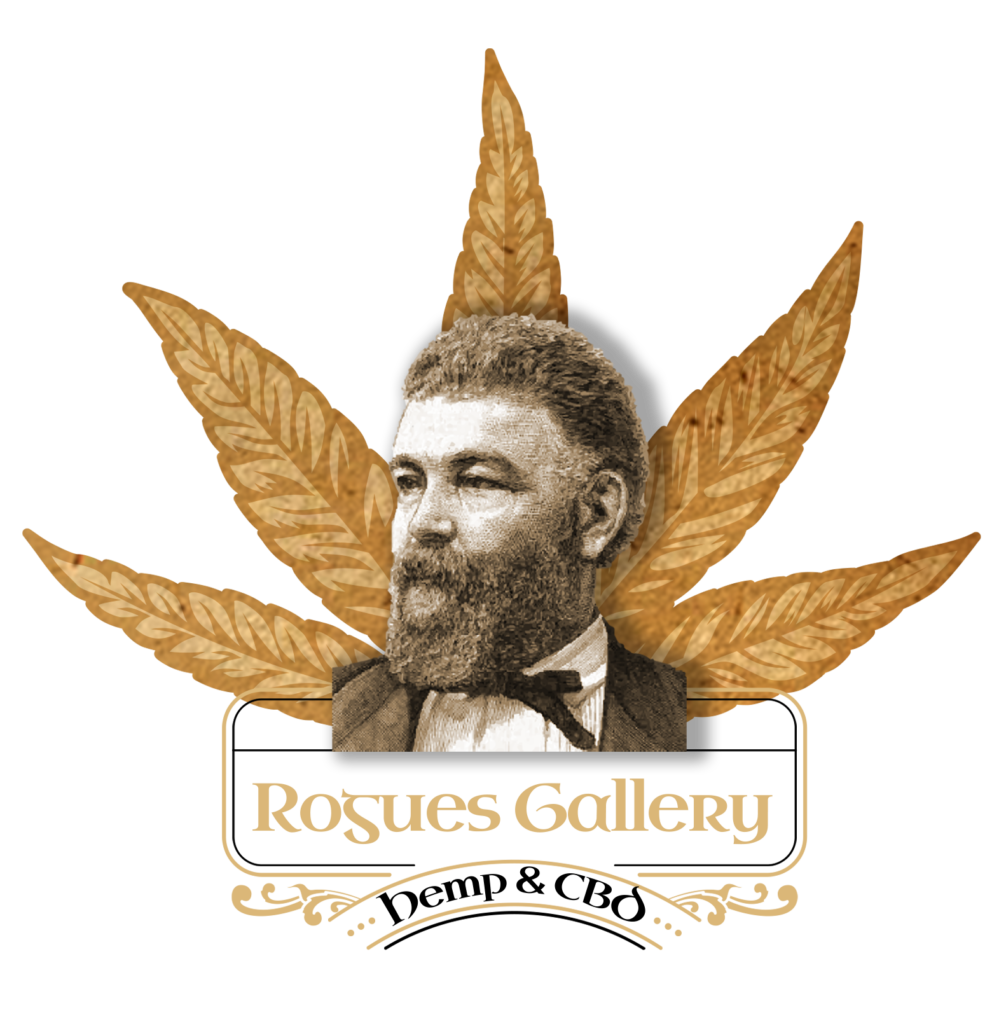The Roaring Twenties. The Prohibition Laws, the Eighteenth Amendment & Volstead Act, had just been passed banning the sale of alcohol across the United States but it was largely ignored in the cities, New York, Detroit, Chicago, St. Louis etc.
Before Prohibition came into effect women weren’t allowed to drink in bars or saloons, sometimes they had to enter through a back door. When Prohibition became law, all the rules went out the window, men, women & sometimes even children frequented speakeasie’s.
The Roaring Twenties were about to begin. But what were the Roaring 20’s?
Before and After Prohibition. Mainly men drank in bars and saloons before, while after men and women drank together.
Prohibition Supporters
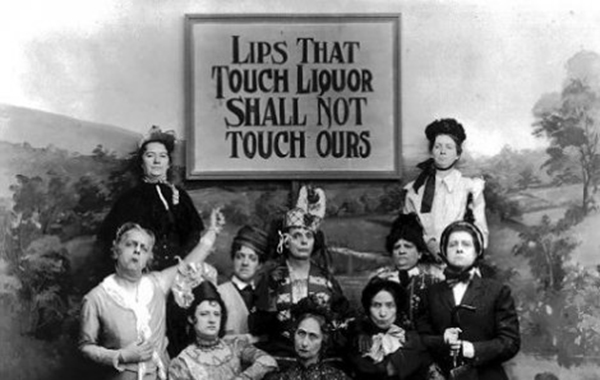
Those who supported Prohibition were referred to by their slang name a “Dry”, those who drank alcohol went by their slang name “Wets” & a “Wet-Dry” was usually a politician, who would vote and support the Prohibition Laws but also drank alcohol, there were many “Wet-Dry” politicians.
Even though Senators and Congressmen had voted for Prohibition, many of them drank themselves, indeed they even had their own bootlegger who worked inside Capitol Hill selling them alcohol, George Cassiday
Prohibition Enforcers
Major cities like New York, Chicago, St. Louis, Boston, New Orleans etc were very lax when it came to enforcing the laws, other cities enforced it fully.
The police were on the frontline during the Twenties, though bribes were usually enough to make them look the other way, due to the low pay of the police at the time some would take bribes or be on a gangsters payroll to boost their wages.
Some cities didnt even enforce Prohibition in any serious way, in New York for example, the mayor at the time Jimmy Walker, throughout most of Prohibition, was well known for attending different high quality speakeasies. Whilst he was in office Jimmy Walker actively discouraged the police from enforcing Prohibition law .
The famous G-Men who would follow trucks collecting empty beer barrels from speakeasies and find out where the distilleries and breweries were.
Bureau of Prohibition were the law enforcement agencies during the Roaring Twenties, led by J. Edgar Hoover, the Bureau of Prohibition would give way to the Federal Bureau of Investigation. Agents like Elliot Ness & The Untouchables who went after Al Capone were probably the most famous agents they had, although they did not play a part until later and going into the 1930’s.

Socializing
As mentioned earlier before Prohibition started it was seldom that men and women were seen drinking together but when Prohibition started men and women were commonly seen together drinking and having a good time.
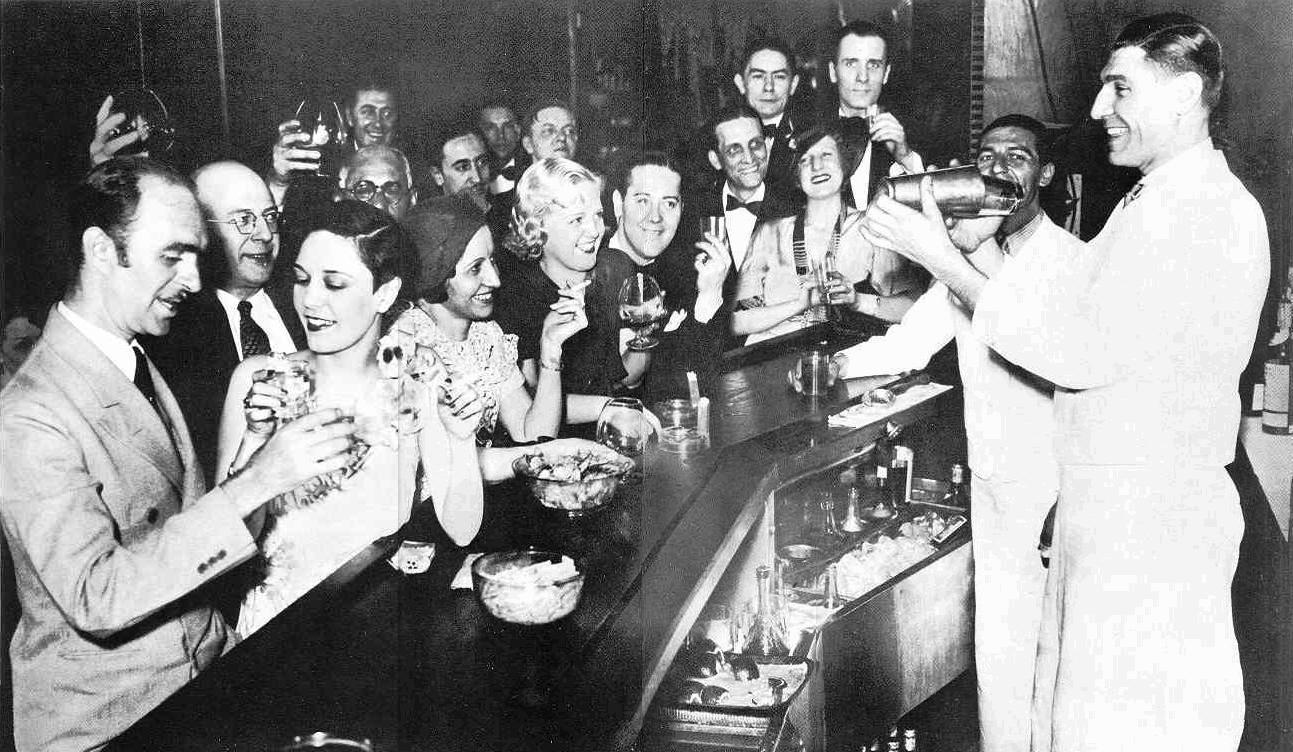
Some speakeasies were designed to attract women in order to increase profits. This also lead to many women taking their place in Prohibition history, Texas Guinan opened many speakeasies along with her rivals Helen Morgan and Belle Livingston
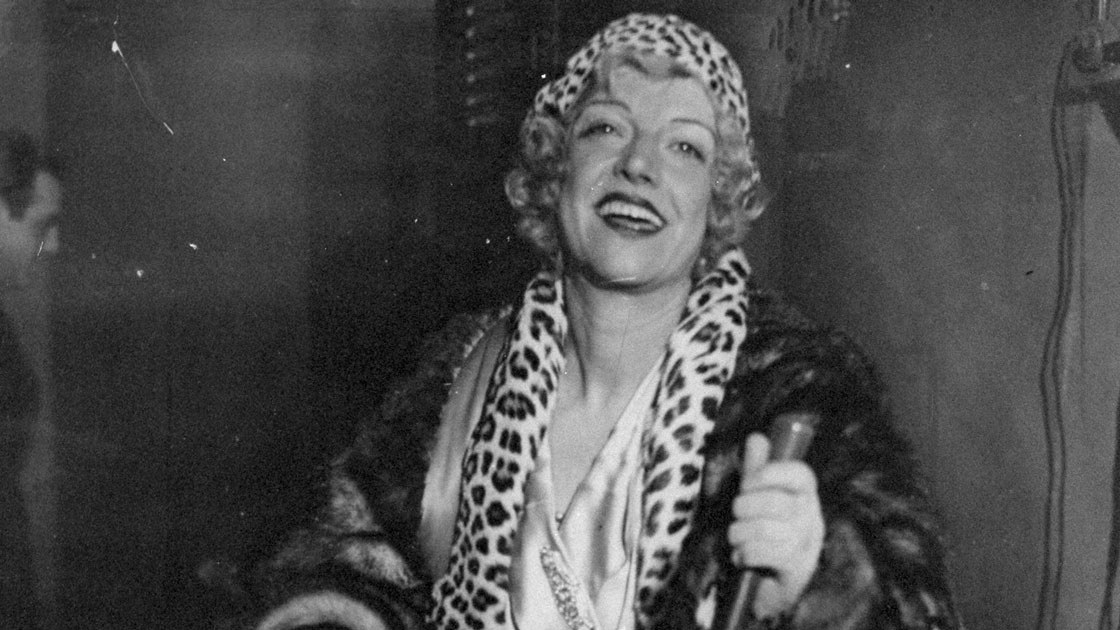
Texas Guinan “Queen of the Nightclubs!
During the Roaring Twenties young women were known as “flappers,” modern young women who wore their skirts short, their hair bobbed, and their lips red, who smoked cigarettes, danced in jazz clubs, went out unchaperoned, and flouted the Prohibition laws by swilling martinis in speakeasies.
Cocktails and cocktail parties were a big thing in 1920s some of these famous cocktails included Gin Rickeys, Stinger, Manhattan, Rattlesnake, Manhattan, The Martini Sidecar, Southside, the Mary Pickford and the Dubonnet Cocktail.
Where to Buy Alcohol
Speakeasies or Gin Joints popped up everywhere, by one estimate during the entire Prohibition Era there were up 32,000 speakeasie’s in New York alone, there was a speakeasy on every corner and on the same block as Police Headquarters there were 4 operating freely.
Bribes to policemen, judges and politicians usually took care of any issues.
Some speakeasies would require a secret knock or would be open only to who knew the password, something like “Joe sent me,” Alcohol seemed to be sold everywhere during the Twenties, barber shops, stores etc but the most popular place to buy alcohol apart from the speakeasy was the drug store, where it could be purchased legally with a prescription
Another way to buy alcohol during Prohibition the was the “booze cruise,” “party cruise,” or “cruise to nowhere”– these were short boat trips that sailed out beyond the three-mile territorial limit where American law no longer applied. There, guests could indulge in alcohol to their hearts’ content.
The law was eventually changed to twelve miles to make it harder to operate. But it did nothing stop the trade. By the middle of the Roaring Twenties, there were hundreds of boats operating along Rum Row selling alcohol.
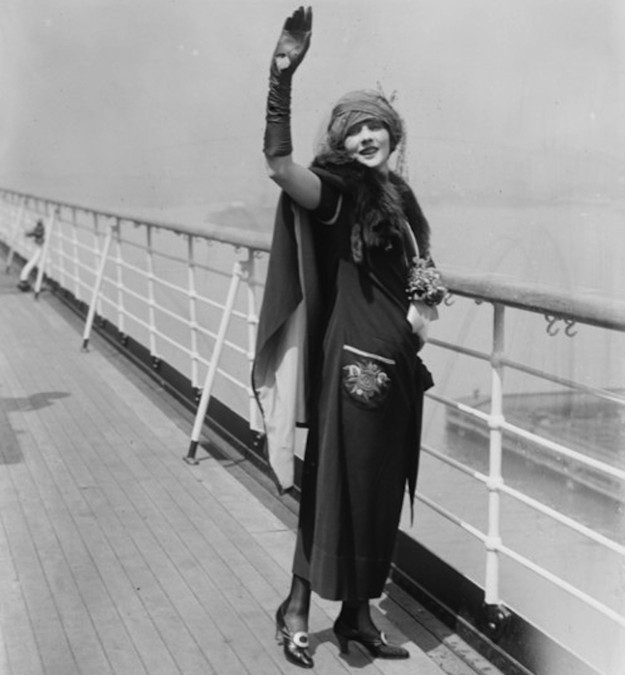
How Did They Get Alcohol
With the sale of alcohol prohibited, gangsters turned to smuggling from Europe or Canada. This was usually by boats called rum runners or by plane, cars and trucks even tunnels. Gangsters were known to have fleets of rum runners which would make frequent trips to Canada to buy whiskey and other spirits. Sometimes they would even drive across the frozen lakes from Detroit to Canada to pick up supplies.
Home brewing was also a common thing during the Twenties “Bathtub Gin” being a common drink. Another favorite of home brewers was home made wine, usually made from Grape Bricks.
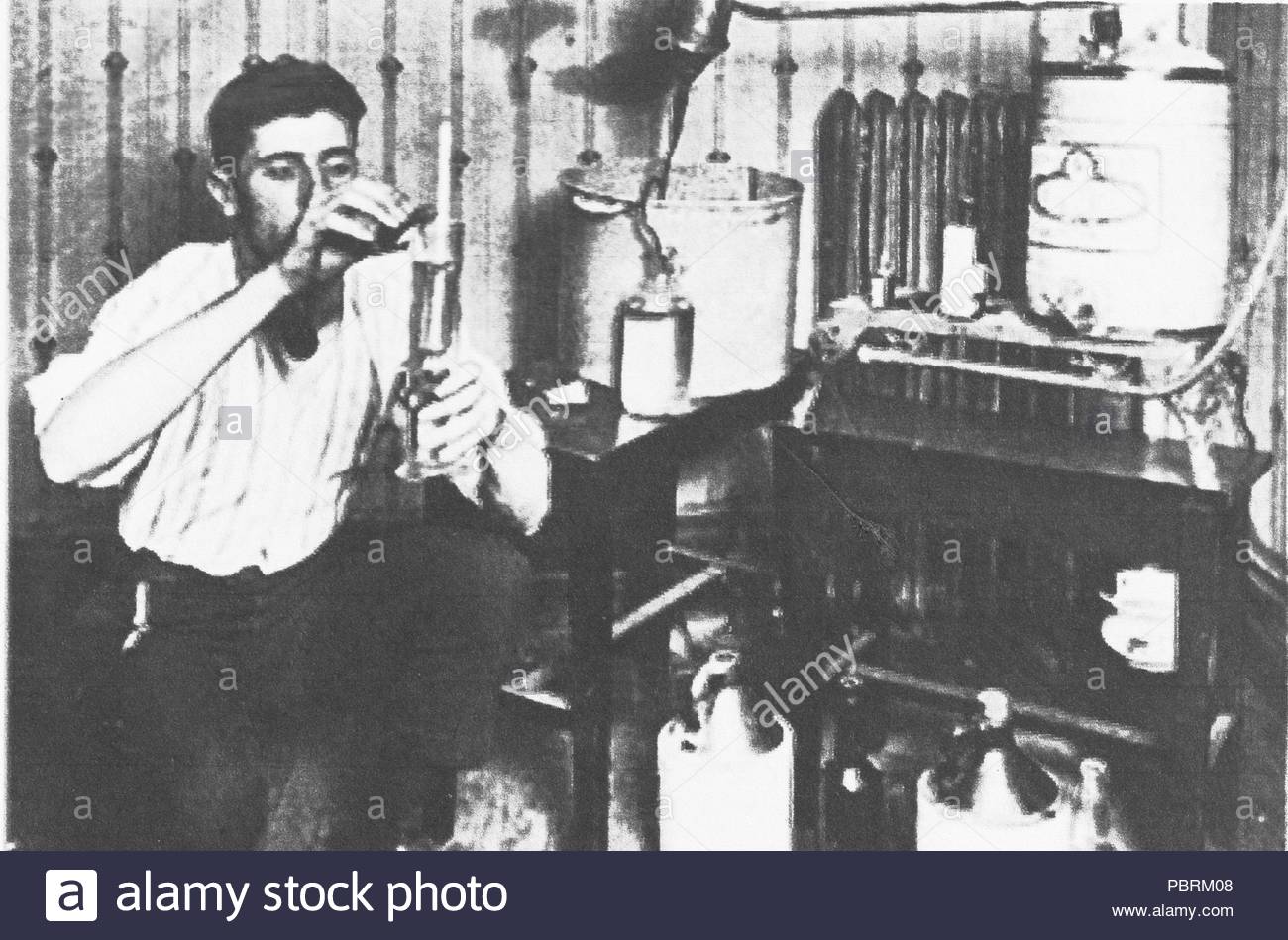
A grape brick wass a dehydrated block of grape juice and pulp that was sold, legally, during Prohibition so people could make their own wine at home. It was illegal for the producers to give instructions how to make the wine, instead they gave instructions how not to make it. The most popular kind of Grape Brick was Vino Sano
Don’t add sugar and yeast and don’t let it sit in a warm place for 21 days or it might ferment!
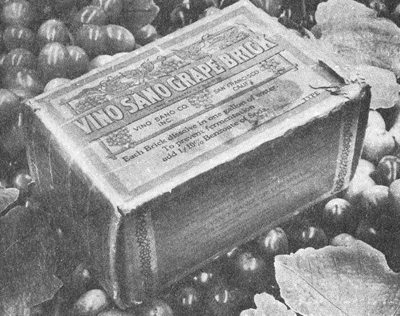
There were also illegal distilleries in basements, factories, homes and just about anywhere they could fit the equipment for make their beer and spirits
Entertainment
Entertainment was a huge part of the Twenties, highly popular clubs & speakeasie’s sprang up everywhere, where gangsters, high society, judges, politicians & celebrities rubbed shoulders and danced the night away. Cabarets, jazz and dance troupes were common in the clubs some big names got their break during the Twenties, George Raft & Mae West, and of course the Queen of the Nightclubs Texas Guinan who was considered the best emcee in New York, she also ran a string of the best nightclubs in the city
Some of the most popular clubs of the day were:
The Cotton Club, The 300 Club The El Fey, The Club In Time @ Harding Hotel, the Green Mill and Butch McGuire’s in Chicago. There was the 21 Club which had someone sitting outside who would ring a buzzer to sound the alarm in the event of a raid, the shelves would collapse and pop up empty while dumping all the bottles and contents in space behind the shelf. It also had secret passages and fake walls that hid a liquor vault in the basement.
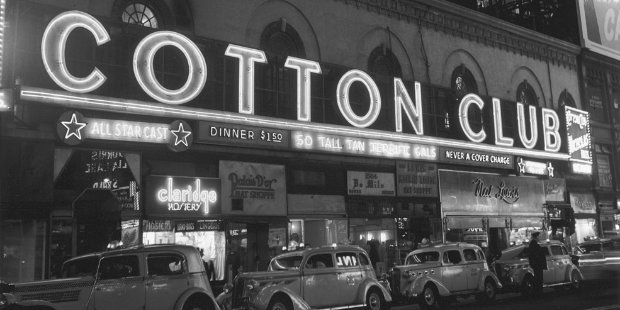
Probably one of the best known and most famous emcee’s or hostess’s in the Twenties was Texas Guinan, the Queen of the Nightclubs, who herself was no stranger to the law throughout the Prohibition Era Guinan would open speakeasies, which would be raided and shut down and reopened again. Its said that whenever the place was raided, the orchestra would play “The Prisoner’s Song” as she was taken away to jail.
Gangsters
The Roaring Twenties also led to the rise of some of the most famous gangsters in history, Al Capone, “Legs” Diamond, “Lucky” Luciano, Owney “The Killer” Madden, Murder Inc., Dutch Schultz, Frank Costello, Vincent “Mad Dog” Coll and on and on.
There are hundreds of stories out there of gangsters, gunmen, murder and mayhem, stories of shootouts, ambushes and drive-bys. The St. Valentines Day Massacre
In this photo Luciano was arrested and brought in for questioning over a felonious assault charge in connection with a robbery gone wrong on Charles Haffman & Albert Levy, in which Haffman was shot. Why the robbery took place is a mystery as none of the guys in the photo would have needed to commit a robbery, they were all established in the underworld at the time.
The line up in the felonious assault case was Eddie Diamond, Jack “Legs” Diamond, Thomas “Fatty” Walsh & Charles “Lucky” Luciano. Of course when it was time to identify the suspects, the victims couldn’t remember who it was.
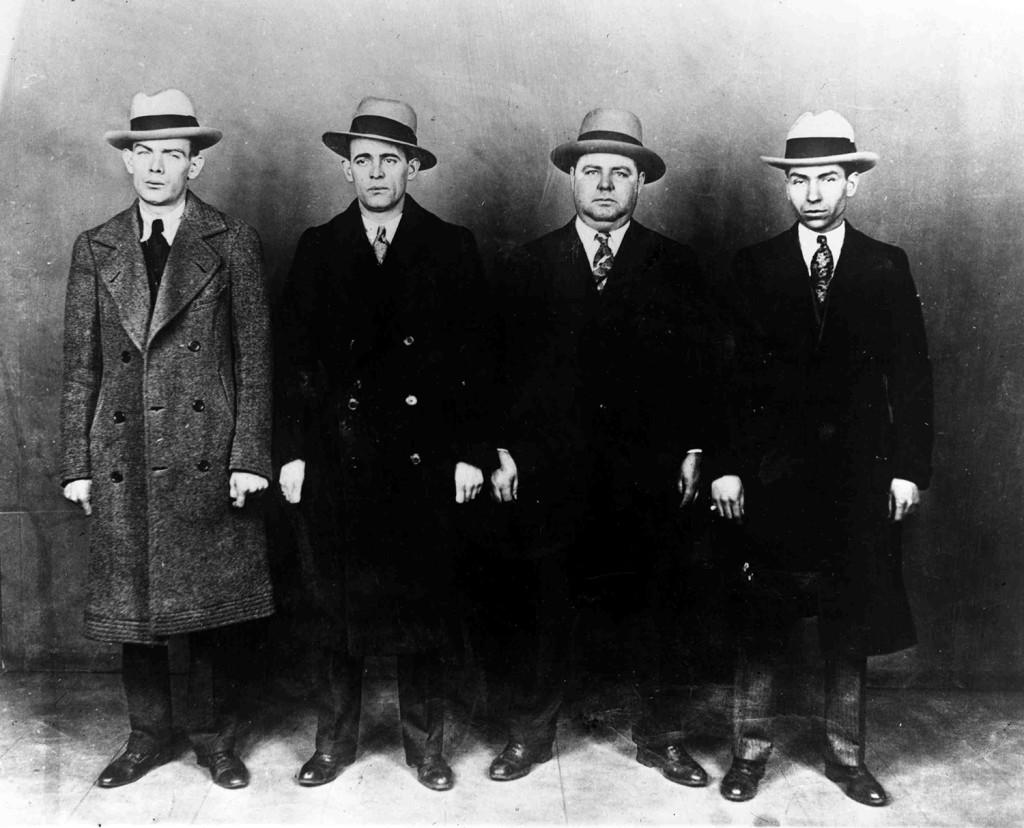
But of course we cant forget the Mob Molls, Kiki Roberts, Alice DIamond & Lottie Kreiserberger, Lottie was just as mean and vicious as any of her male counterparts, she had unofficially married Vincent “Mad Dog” Coll and helped him channel his criminality to take on Dutch Schultz.
